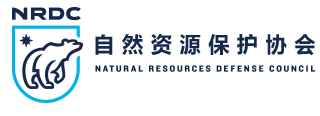全球十大集装箱港口有七个在中国,中国港口每年共处理全球三成的集装箱吞吐量。然而,每一艘进出港口的船舶和货车虽然带来了货物,促进了经济发展,但也加剧了港口和周边地区的空气污染。停泊在中国港口的大多数船舶使用的是燃料油,即渣油;多数港口机械和港区内货车仍使用柴油。上述船舶、机械和货车的发动机所排放的废气中,柴油颗粒物(PM)、氮氧化物(NOx)和硫氧化物(SOx)的含量极高。这些污染物均会致癌,也会引发呼吸系统和心血管疾病。柴油或燃料油燃烧产生的PM 中还含有黑碳。黑碳是一种短期气候致暖物质,会加速冰川和极地冰盖融化,并加剧气候变化。发动机排放的NOx 会增加区域的臭氧(O3)和PM 浓度,威胁人类健康。此外,非清洁柴油和船用燃料油含硫量高,会对船舶和货车上安装的先进的尾气处理设备造成损害,使得硫酸盐(PM 的一种成分) 和二氧化硫(SO2)排放量较大,破坏生态系统、加剧海洋酸化。
本白皮书旨在为关注船舶和港口废气排放的监管机构和利益相关方提供相关的背景知识,包括船舶、港口废气排放对环境和健康的影响,以及欧美国家治理港口空气污染和控制船舶废气排放的各类措施和解决方案。期望这些基础信息有助于政府机构更好的设计船舶和港口空气污染的防治政策和措施。

